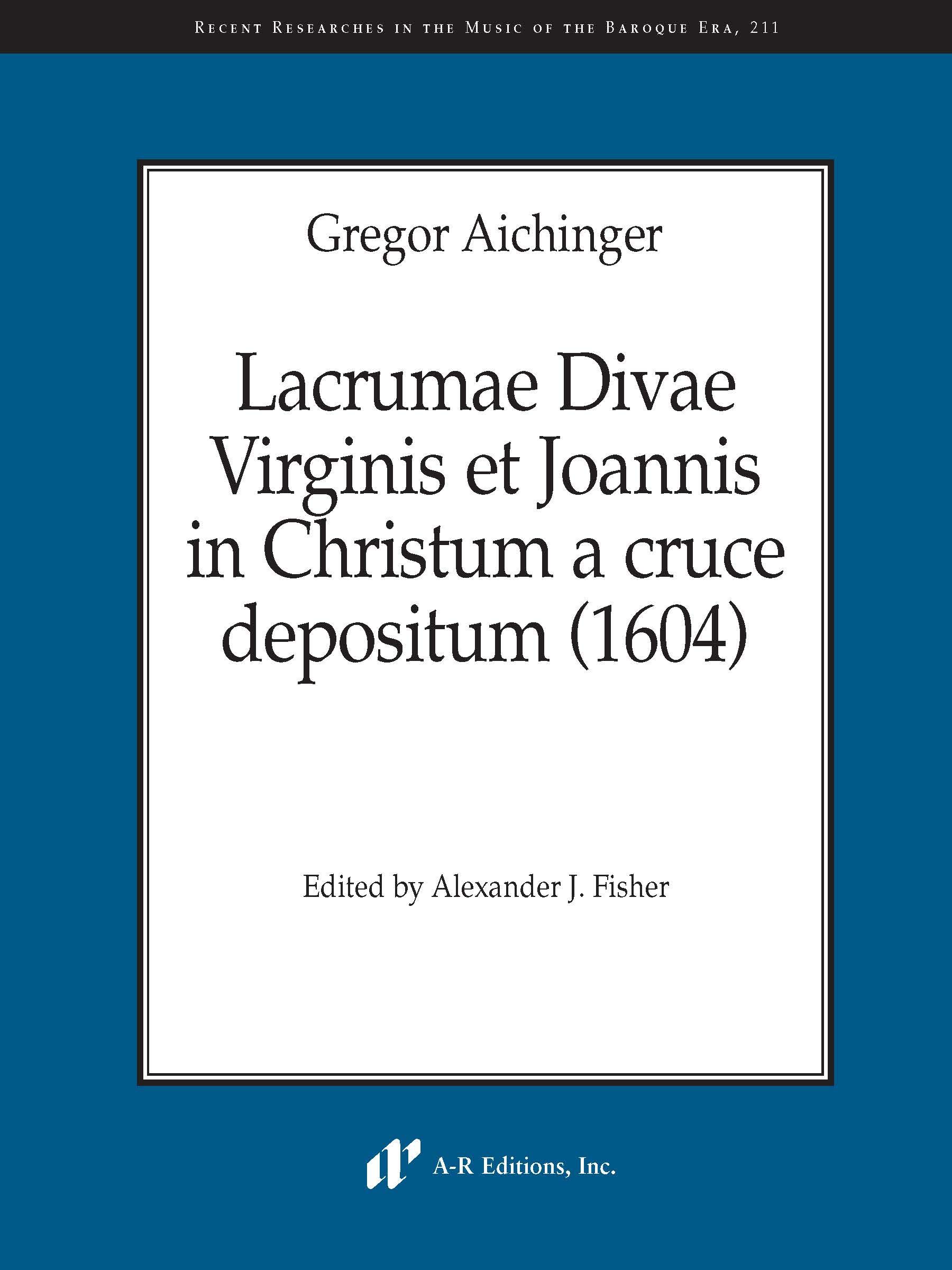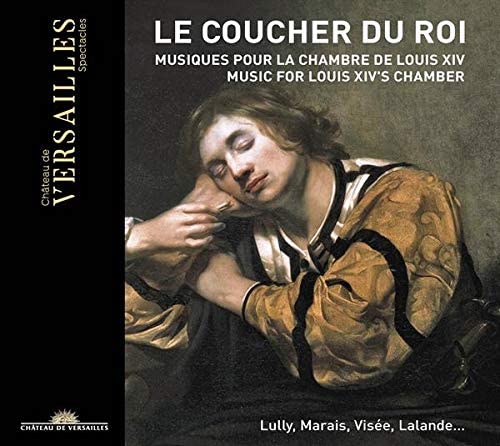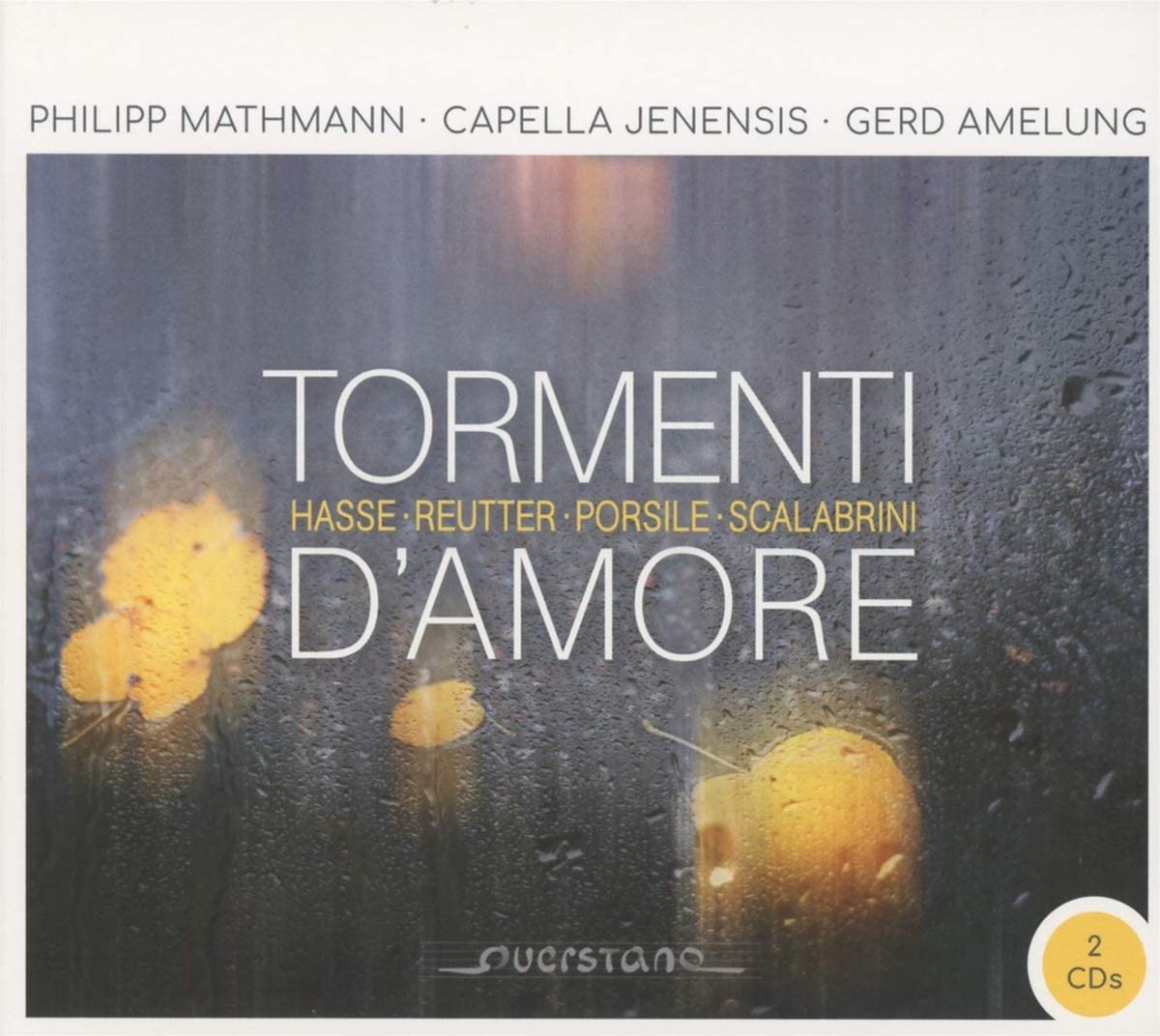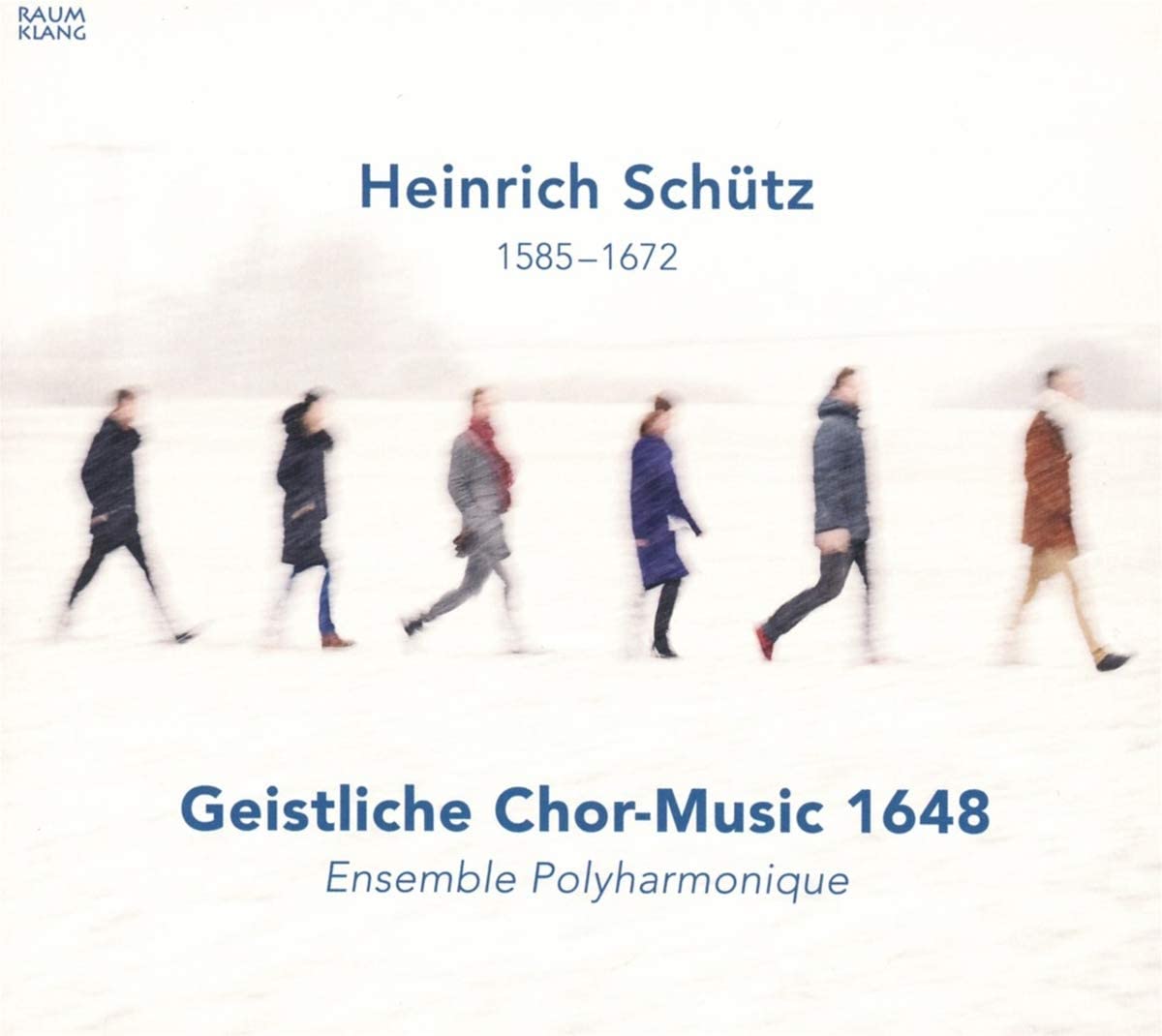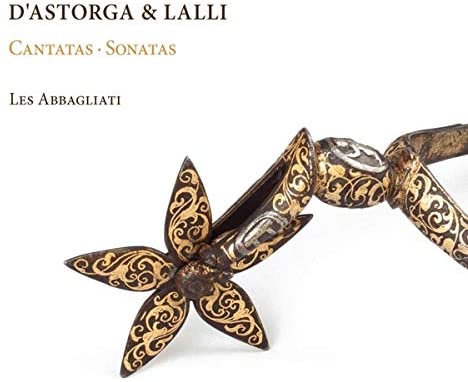A Musical Portrait of Venice around 1726
Perrine Devillers (soprano), The 1750 Project
76:13
Ramée RAM 1902
Music by Porpora, Giuseppe Sammartini, D. Scarlatti & Vivaldi
Click HERE to buy this recording on amazon.co.uk
Explanation for the unusual name of the ensemble comes in the opening lines of the notes, where its leader, oboist Benoît Laurent, tells us that the declared objective of The 1750 Project is an exploration of a chosen city’s musical life in the period 1720 to 1750. So here they have commenced by landing in Venice around 1726. This is a time chosen to mark a change of style moving toward the Rococo, a development that in Venice doubtless gained particular impetus from the arrival in the Adriatic city in 1726 of the Neapolitan Nicola Porpora. His Ariana e Teseo, given at the San Giovanni Grisostomo theatre in 1727, was the third of a sequence of operas composed for Venice. ‘Pietosa Ciel difendimi’ is typical of the composer’s gracious, mellifluous style, an expansive cantabile aria with an elaborate oboe obbligato part in which the character (Carilda) asks for relief from the doubts about love that afflict her. It is sung with affecting freshness and elegance of line by the young French soprano Perrine Devillers, who needs only to articulate both musical embellishments and the Italian language with more depth and acuteness to become a truly outstanding singer. Devillers also sings a Porpora chamber cantata with continuo accompaniment cast in the form of a pair of arias with a central recitative, in the latter of which some of the key phrases (‘Ahi! Lasso!’) do indeed hint that Devillers has more to bring out as to the dramatic side of her singing.
The principal representative of the home team is unsurprisingly Vivaldi, who gets the lion’s share of a programme that includes two of his chamber cantatas, an oboe concerto and one of the so-called ‘Manchester’ violin sonatas. Both cantatas, ‘All’omba di sospetta’, RV 687, which has an obbligato part for flute, and ‘Che giova il sospirar’, RV 679 are also extremely well sung, the latter in particular being a fine work with, unusually, accompaniment for strings. It opens with an extended recitative bemoaning the pain inflicted by ‘cruel Irene’ that again provides Devillers with the opportunity to suggest a dramatic side to her singing yet to be fully developed. The splendid aria that follows is inflected with chromatic pain, while the fiery final aria takes a more rhetorical approach.
Arguably the most complete performance on the CD is that of the Violin Sonata in A, RV 758, which is played with outstanding technique and beautifully nuanced tone by Jacek Kurzydlo. Cast in four movements, it opens with a siciliana Prelude, taken perhaps marginally too slowly for a largo, but shaped so beautifully and with such exquisite nuance as to silence criticism. The following Corrente, nimble and spry, benefits from outstanding intonation, while the Andante’s double stopping introduces that elusive, folky element we sometimes find in Vivaldi, perhaps a dance heard in a distant calle.
The remaining works are also excellently done, the Vivaldi ‘Oboe’ Concerto in D minor, being a transcription of the ninth of the op. 8 violin concertos (Il Cimento dell’armonia e dell’invenzione), while Domenico Scarlatti’s Sonata in E, K. 162 plays with the contrasts between a thoughtful Andante that leads into a bright Allegro, in so doing creating a near mirror image between the two halves of its binary structure. Finally, Giuseppe Sammartini’s Oboe Sonata in C not only gives Laurent a further opportunity to demonstrate his prowess but also offers another example of more forward-looking trends, the tentative hesitancy of its central Andante lento providing the sonata’s most characterful moments.
The disc as whole makes for an extremely agreeable and well-contrasted program. With its highly accomplished playing and singing, it is the kind of concert that would send you away more than well satisfied were you fortunate enough to encounter it live.
Brian Robins

